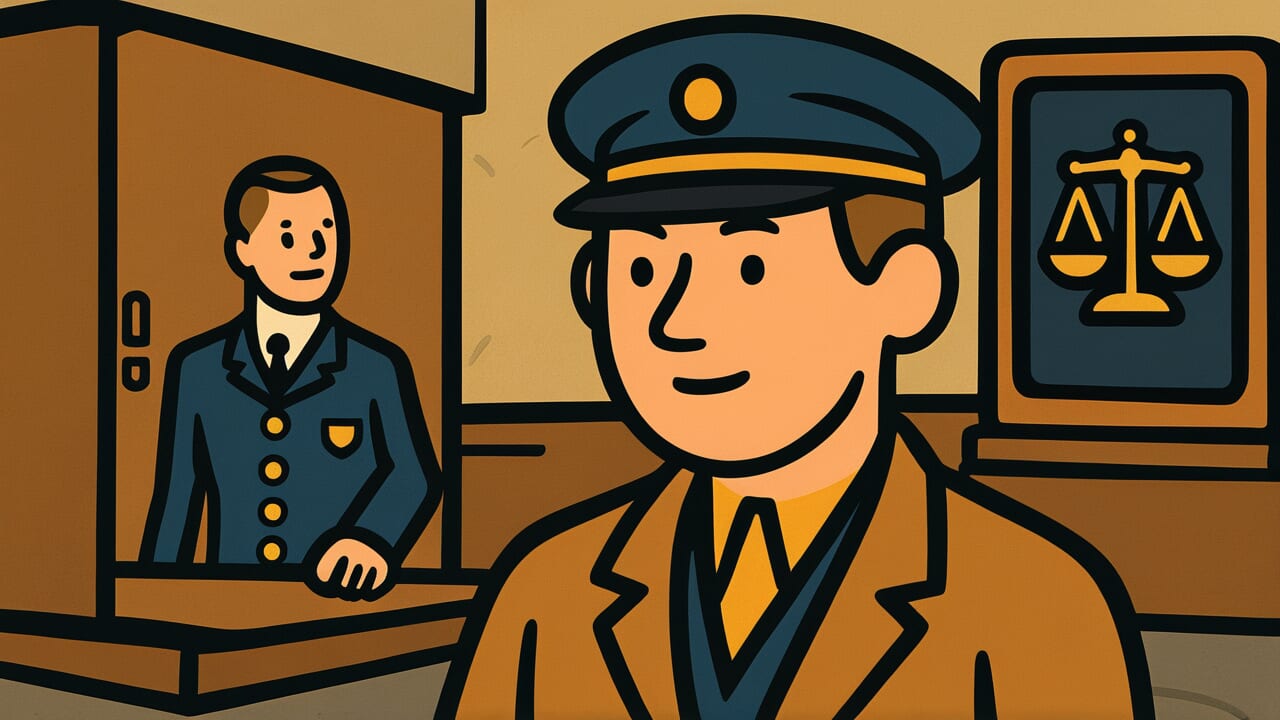How to Read “Life is the treasure of the law”
Inochi wa hō no takara
Meaning of “Life is the treasure of the law”
“Life is the treasure of the law” teaches that human life is more precious than anything else. It must be protected above laws, systems, and social rules.
This proverb carries a strong message. We should never treat human life lightly because of formal rules, power, or appearances.
No matter how excellent laws and systems may be, they exist to protect human life. Sacrificing life for the sake of law puts the cart before the horse.
Today, people quote this proverb when excessive rule-following or organizational logic threatens individual life and health.
It’s also used in medical settings and disaster situations. It reminds us to prioritize the life in front of us rather than stick to manuals or precedents.
This proverb expresses a universal humanitarian spirit. It values human dignity and the worth of life above all else.
Origin and Etymology
Multiple theories exist about the clear origin of this proverb. Most commonly, it’s thought to come from Buddhist philosophy, especially the teaching that “life is the most precious treasure.”
The word “hō” (law) has multiple meanings. Some interpret it as “Buddhist law,” while others see it as “legal law or systems.”
If it refers to Buddhist law, it means “life is the highest treasure in Buddha’s teachings.” If it refers to legal law, it means “life is more precious than laws.”
What’s interesting is the expression “treasure of the law.” Usually, laws and systems are considered the highest standards for maintaining social order.
But this proverb places “life” even above law. This suggests that traditional Japanese values emphasized human life itself over formal rules.
From medieval to early modern times, samurai spirit and Buddhist thought merged together. This expression likely emerged during that period.
It may have been passed down as a warning against treating life lightly. It also served as a lesson for rulers.
Usage Examples
- No matter what rules exist, life is the treasure of the law, so you should evacuate immediately if you sense danger
- Company profits matter, but as they say, life is the treasure of the law—employee safety should be the top priority
Universal Wisdom
Behind the long history of “Life is the treasure of the law” lies a fundamental contradiction in human society.
The rules and systems we create to maintain order sometimes make us lose sight of what we should truly protect.
Humans are creatures who live in groups. For this reason, we’ve created laws and rules. But ironically, following these rules can become the goal itself.
We forget why the rules exist in the first place. Organizational reputation, following precedents, formal procedures—these things have repeatedly been valued over human life throughout history.
This proverb was born from deep insight into this human tendency. Those with power especially tend to cling to the rules they made and the order they maintained.
But our ancestors understood something important. No matter how noble the ideals or how perfect the systems, they’re meaningless if they can’t protect human life.
This teaching lives on today because humans constantly waver between “valuing formality” and “the preciousness of life.”
Across time, we keep nearly repeating the same mistakes. That’s why these words continue to ring as a warning bell.
When AI Hears This
In information and communication systems, the most important data receives multiple layers of protection.
For example, space probes encode observation data in multiple ways before sending it to Earth. If one pathway breaks, the data can be restored from another pathway.
This concept of “redundancy” becomes more necessary in environments with high error rates.
Legal systems actually have the same structure. To protect life—the most important data—criminal law has murder charges, civil law has damage compensation, and constitutional law has the right to life.
At least three different layers of protection exist. This is exactly “multiple encoding” in communication engineering terms.
Even if one law malfunctions, another law protects life. The system is designed this way.
What’s interesting is that protection redundancy is proportional to the importance of the subject. Property rights have several types of protection provisions, but life-related provisions number over ten.
In communication systems too, emergency warnings about human life have far more redundant bits than weather forecast data.
In other words, “Life is the treasure of the law” is a statement of information-theoretic priority. Social systems recognize the irreversibility of life as information and allocate maximum redundancy to it.
Lessons for Today
In modern society, we live surrounded by various rules, common sense, and organizational logic.
This proverb teaches us that even amid all this, there’s a most important value we must never lose sight of.
When you’re forced to work unreasonably at your job, when you’re bound by unreasonable school rules, or when you feel crushed by social pressure to conform—remember these words.
Your life and health are more important than any rule or appearance.
At the same time, this teaching shows consideration for others. If you’re in a position of responsibility or management, you need courage.
Prioritize the lives and safety of the people involved over rule compliance or achieving results.
Perfect systems and rules don’t exist. That’s why human judgment is ultimately necessary.
The foundation for that judgment is the universal value of “the preciousness of life.”
Don’t get caught up in formalities. Have the eyes to see what’s essential. That’s the most important message this proverb gives to those of us living today.



Comments